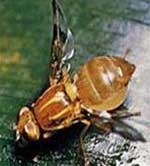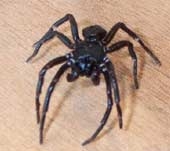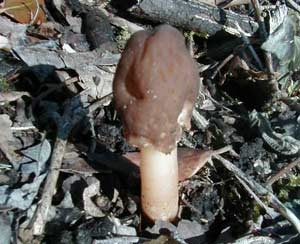In 2004, a queen wasp of the species Vespa velutina (commonly known as the Asian hornet or the devil hornet) was transported in a piece of Chinese pottery to the port of Bordeaux, France. After mating with several males, it flew off under the southwestern French sun and began to build a nest.
After a few years, the descendants of this queen thrived. By the time authorities took notice of their growth, it was too late.
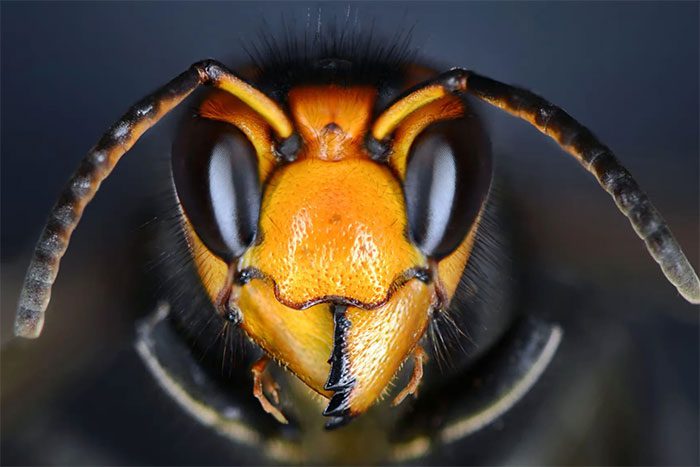
Devil hornet.
Two decades later, there are 500,000 Asian hornet nests in France, while their relatives have spread across Europe, appearing in Spain, Portugal, Switzerland, Italy, Germany, Belgium, the Netherlands, and the United Kingdom.
In 2016, the first Asian hornet was recorded in Tetbury, Gloucestershire. Since then, horror stories about this “killer species”—which preys on friendly honeybees and poses a threat to humans—have been on the rise.
The Invasion of the Devil Hornet in Europe
In mid-May, the Express published a warning article titled “Mapping hotspots of Asian hornets in the UK as the killer species invades the country.” However, many people also questioned the actual level of danger posed by this species and whether the media was over-exaggerating the threat.
According to Ian Campbell from the British Beekeepers Association (BBKA), representing 25,000 hobbyist beekeepers, since their emergence in France, Asian hornets have considered the waters of the English Channel as a barrier, but “last year they changed the game a bit.”
From 2016 until last summer, sightings of this hornet in the UK were rare, with only a few cases reported each year after 2016—and each time, the National Bee Unit (NBU) quickly eradicated any individuals and nests. In 2022, only one hornet was detected and destroyed.
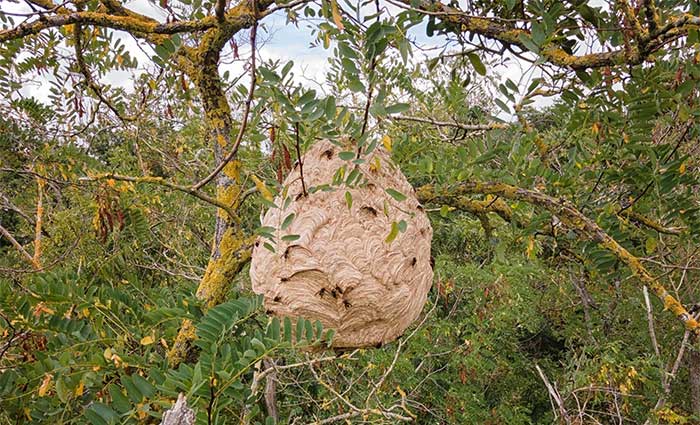
In the UK, Asian hornet nests will be destroyed upon detection. (Photo: Alamy).
However, in 2023, 73 nests were destroyed. Asian hornets have established strongholds along the Kent coast, with around 50 nests found. Swarms have also been discovered in East Sussex, Hampshire, and eastern London, as well as further north in Hull and even Newcastle.
This spring, Asian hornets were first detected in the UK in March, a month earlier than usual, suggesting that some may have overwintered here for the first time.
Genetic analysis of three queen hornets found in May at Four Oaks in East Sussex indicated that they were offspring from a nest that had been destroyed in Rye the previous November.
The reason for the surge in numbers is simple: the population of this species is booming along the coasts of France and Belgium. Asian hornets are hitching rides in the vehicles and sometimes cars of tourists, arriving in England by ferry. Some experts believe that with favorable winds, hornets could potentially cross the Channel on their own.
Asian hornets are smaller than the native European hornets of the UK (which have lighter coloring), but larger than the queen hornets. They appear darker than both the hornets and wasps native to England, with distinctive yellow legs and an orange face. Their abdomens are mostly black, except for a thick orange band; while the abdomens of native hornets are more yellow than black.
Both hornet species are primarily carnivorous—their diet consists of other flying insects. However, while European hornets have evolved alongside existing insect populations, Asian hornets have only recently appeared in Europe. The population explosion of this invasive group indicates that its numbers are not controlled by natural predators or pathogens.
Beekeepers are particularly concerned about this issue. Asian hornets have been observed hovering outside honeybee hives and hunting for worker bees as they appear. Campbell stated, “A honeybee hive is just like a food supermarket for hornets.”
An Asian hornet can hunt and consume up to 50 honeybees in a single day, but their collective impact is quite significant. Asian hornet nests are unusually large; they can grow to the size of a watermelon by the end of summer. Each nest can contain 3,000 hornets.
A study from France found that an Asian hornet nest consumes 11.3 kg of insects each summer. A typical honeybee weighs 116 mg.
In addition to killing honeybees, the presence of predatory Asian hornets causes worker bees to enter a state of “foraging paralysis”: they hide in the hive, failing to collect enough nectar and pollen to survive the winter.
Finding Ways to Eradicate or Accept Diversity?
It is challenging to determine the exact impact of the Asian hornet’s emergence, as many variables affect honeybee productivity. In Portugal, beekeepers in some regions report that 50% of their hives have been lost due to Asian hornets; in France, beekeepers estimate that 29% of honeybee colonies that died were due to hornets.
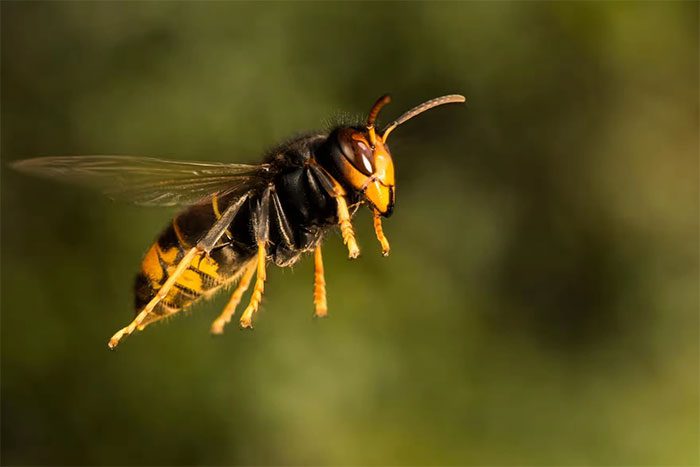
Many scientists believe that the UK should learn to accept the Asian hornet rather than seek to eradicate it. (Photo: Alamy).
The economic impact of this species is widespread. On the European continent, fruit ripening in vineyards and orchards has been devastated by Asian hornets, posing a threat to wine and fruit production. In France, some outdoor markets have had to move indoors because hornets are attracted to fresh fruit, fish, and meat.
There are also concerns about public health. Nests built early in the summer can be relatively low to the ground before the nests move up into trees later in the summer. Spring queens are not overly aggressive, but if someone accidentally steps on a ground nest, it could be disastrous.
When hornets live in the UK, outdoor workers such as farmers, gardeners, and railway engineers may be at risk of injury. Cases of death from hornet stings have been reported in France, but there is no reliable data.
Some argue that the scary stories about the devil hornet are inaccurate, as they often evoke the giant Asian hornet (Vespa mandarinia)—a separate species known as the “murder hornet” that terrorizes many areas in North America. This species is unlikely to survive in the UK due to the colder climate.
So far, relatively few scientific studies have quantitatively assessed the impact of Asian hornets on biodiversity and insect abundance, but scientists are seriously considering compelling evidence, mostly anecdotal.
“Ecologically, yes, it will change everything. But I don’t think it will be devastating. Unless you are a honeybee keeper, you probably don’t need to worry too much,” said Seirian Sumner, a professor of behavioral ecology at University College London.
“I am also concerned about how these stories will affect public perception of hornets. We are at a time when we need to encourage people to embrace all aspects of nature, no matter how scary they may be, because every part of the ecosystem has its role. And we are the cause of all these invasive insects,” the professor added.
The UK’s defensive measures against the hornet have been criticized by some. However, many experts, including beekeepers and scientists, support the efforts of the NBU and the Non-Native Species Secretariat, emphasizing the dangers posed by invasive species inadvertently introduced to the UK.
Many media stories about Asian hornets have not been driven by a scare trend but by government efforts to encourage the public to report sightings of Asian hornets so that they can be controlled.
The government remains committed to “eradicating,” but future scenarios will include “preventing” and then a “new normal”— accepting that Asian hornets are here to stay.
Professor Helen Roy from the UK Centre for Ecology and Hydrology is impressed that this effort has prevented the establishment of this species for eight years. “Hopefully, the same will happen this year. So far, prevention is the most important way to address the threat from invasive species,” she said. “We have the right to consider invasive species as one of the top five causes of biodiversity loss. And social insects, such as Vespa velutina and ants, are of particular concern. There is clear evidence of their impact on native biodiversity.”








































